Birth control allows you to prevent and plan the timing of pregnancy. A birth control method should fit your lifestyle, body, and needs. Whether you’re looking for the most effective method of birth control, one that also includes protection against sexually transmitted infections (STIs), or something that’s hormone-free, our health centers have you covered. Explore your birth control options below.
-
 Sterilization
SterilizationSterilization is a surgical procedure that prevents someone from being able to become pregnant or contribute to a pregnancy.
-
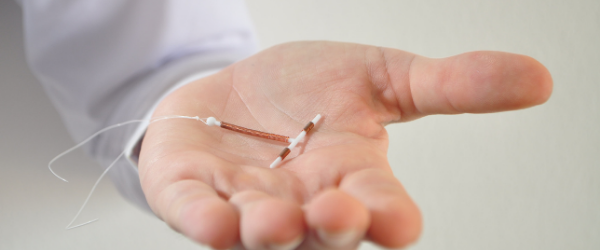 IUD (Intrauterine Device)
IUD (Intrauterine Device)The IUD is a T-shaped piece of plastic that’s inserted into the uterus to prevent sperm from fertilizing an egg. IUDs are long-acting, preventing pregnancy for anywhere between three and twelve years. You can remove an IUD at any time and get pregnant. There are a few different varieties, including Mirena®, ParaGard®, Skyla®, Kyleena®, and Liletta®. Most of these IUDs have hormones, but ParaGard® doesn't.
-
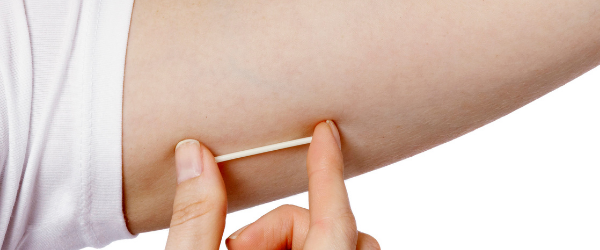 Implant
ImplantThe implant is a small, flexible piece of plastic, about the size of a matchstick, that’s inserted into the upper arm. It releases the hormone progestin, which keeps ovaries from releasing eggs and thickens the cervical mucus. This helps block sperm from getting to the egg. The implant prevents pregnancy for up to four years.
-
 Abstinence
AbstinenceNo vaginal sex 100% of the time means no pregnancies 100% of the time, but you gotta have willpower. If you’re avoiding sexual activity altogether, you’ll be safe from sexually transmitted infections too.
-
 Injectables
InjectablesThe shot is also called “Depo” (short for Depo-Provera) and it’s got you covered for a full three months. The shot contains progestin, a hormone that prevents the ovaries from releasing eggs.
-
 Pill
PillTake “The Pill” (aka oral contraception) once a day at the same time every day to prevent pregnancy. The Pill works by releasing hormones that keep the ovaries from releasing eggs. There are lots of different brands of The Pill; ask your healthcare provider which one might be right for you.
-
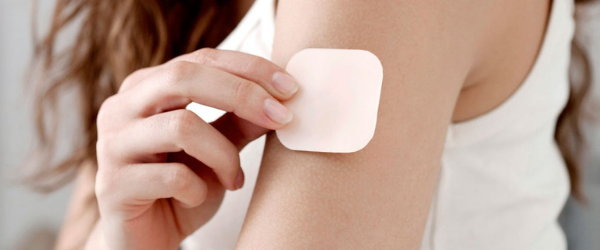 Patch
PatchThe patch (called Xulane) kinda looks like a square, tan Band-Aid. You put a new Patch on once per week for three weeks in a row, and then go without one for the fourth week. The patch is easy to use and effective if you use it properly.
-
 Ring
RingThe ring (or NuvaRing) is a flexible, bendable ring that is inserted into the vagina for three weeks at a time, then taken out for the fourth week. It’s as effective as The Pill if used properly.
-
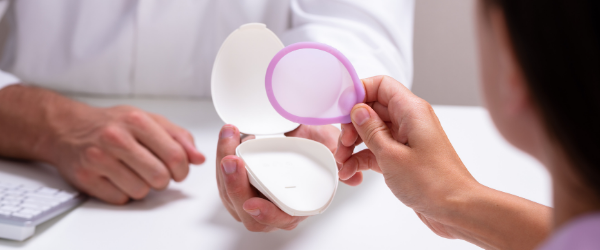 Diaphragm
DiaphragmA diaphragm is a couple inches in diameter and it’s made out of silicone. The diaphragm is inserted into the vagina and it covers the cervix to keep semen out. In order for a diaphragm to work well, it needs to be used with spermicide.
-
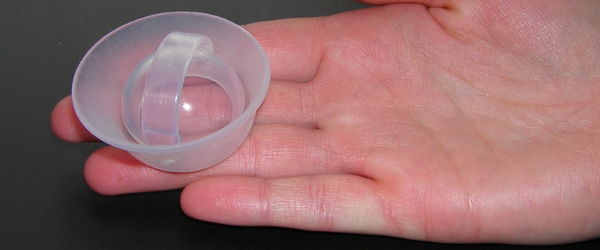 Cervical Cap
Cervical CapThis method is a silicone cup inserted into the vagina to cover the cervix and keep sperm out. It looks like a rubber sailor’s hat – it’s an inch and a half wide and one inch high. Cervical caps must be used with spermicide to be most effective.
-
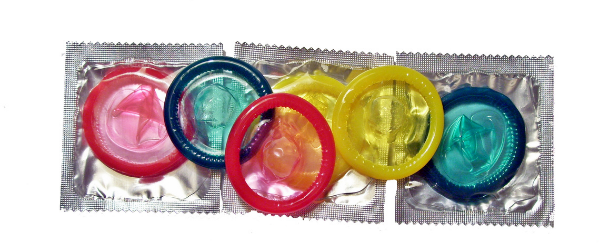 External Condom
External CondomShow some love for the glove! Condoms can be purchased without a prescription and they lower the risk of pregnancy and sexually transmitted infections by keeping sperm inside the condom and out of the vagina, anus, or mouth.
-
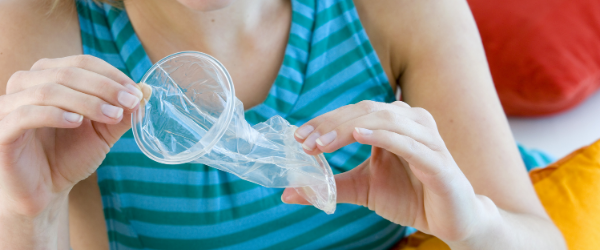 Internal Condom
Internal CondomInternal condoms (also known as female condoms) are great if you like to be the one in control. The condom is inserted inside the vagina before vaginal intercourse. Internal condoms are okay for preventing pregnancy, but they’re more effective when used with spermicide.
-
 Withdrawal
WithdrawalWithdrawal (also known as "pulling out") is simple and free, but it’s not the most effective method. Why? Because it needs to be done exactly right every single time for it to work – the person pulling out needs to have extreme body awareness and the ability to predict ejaculation.
-
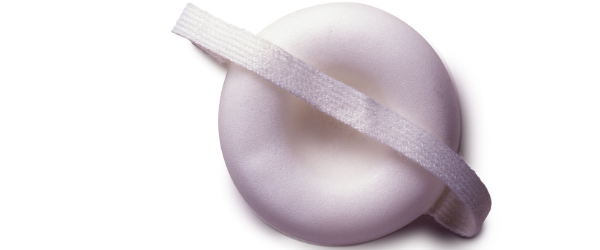 Sponge
SpongeThe sponge is made out of foam and is about two inches across; you insert it into your vagina before sex to block sperm from getting into your uterus and it also constantly releases spermicide.
-
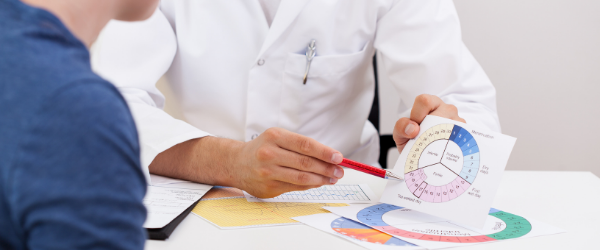 Fertility Awareness-Based Methods
Fertility Awareness-Based MethodsThis method is all about tracking your period to determine the days you can get pregnant. This can be tricky to do, and to be most effective it needs to be done daily. There are apps and other resources that can help with tracking your fertile days.
-
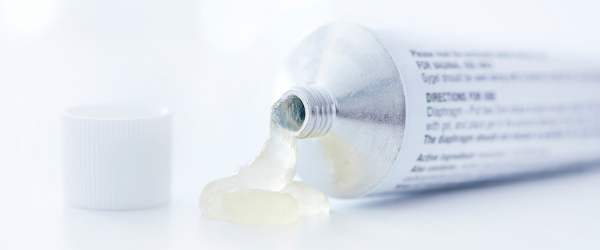 Spermicides
SpermicidesSpermicide can be in the form of a foam, gel, cream, suppositories, or film and they have chemicals that stop sperm from moving. It’s inserted deep into the vagina to stop sperm from getting through the cervix and into the uterus.
-
(also called “EC” or “the morning after pill”) can stop a pregnancy in its tracks before it starts. Emergency contraception is not the same as an abortion. You want to take EC as soon as possible though – you’ve only got up to 5 days after unprotected sex for them to be most effective. Did you know… anyone (regardless of age or gender) can pick up EC over the counter without a prescription?
Our Impact
Data from January 1, 2024 through December 31, 2024.
-
Total Clients Served
43,926
-
Total Client Visits
65,359
-
Free EC kits distributed
33,289

